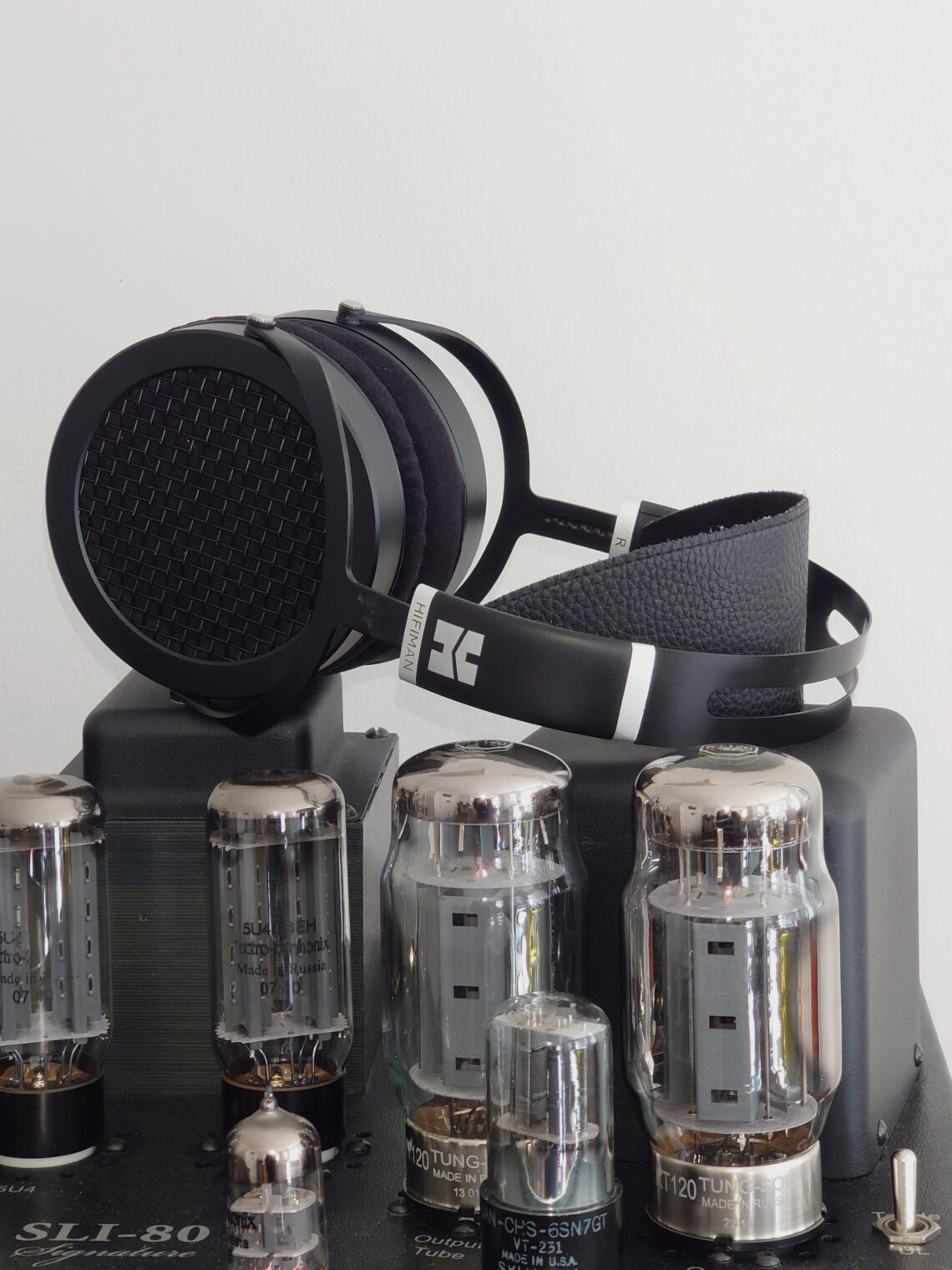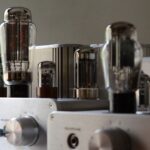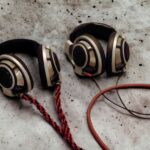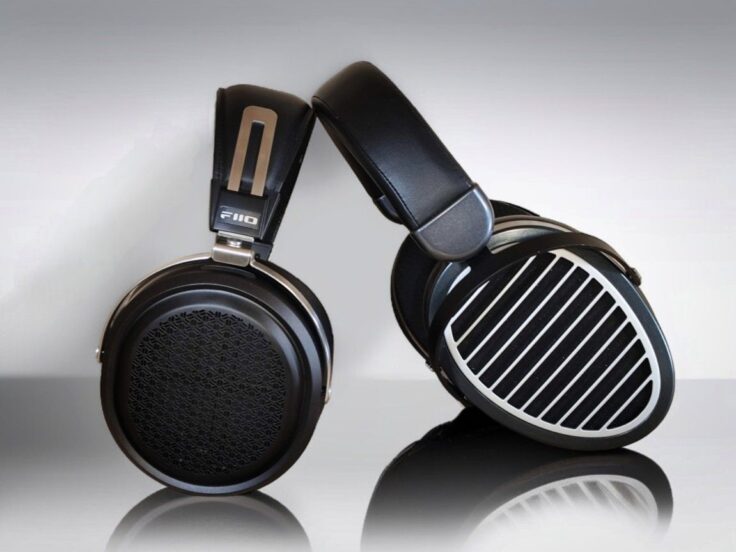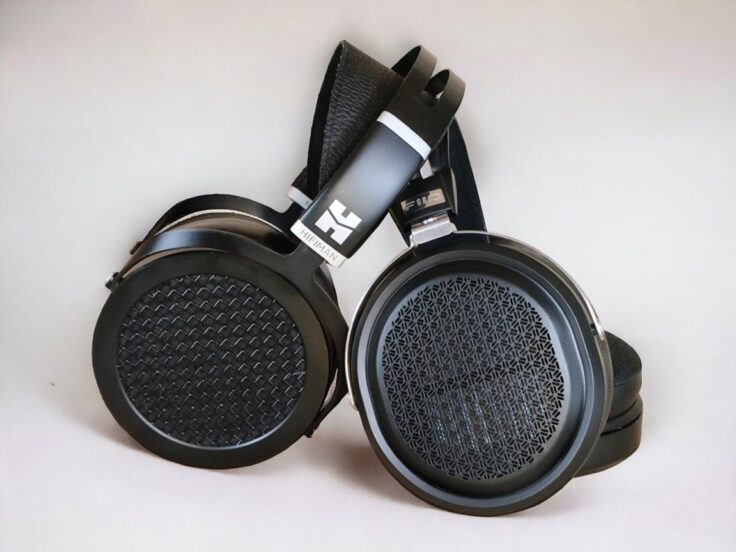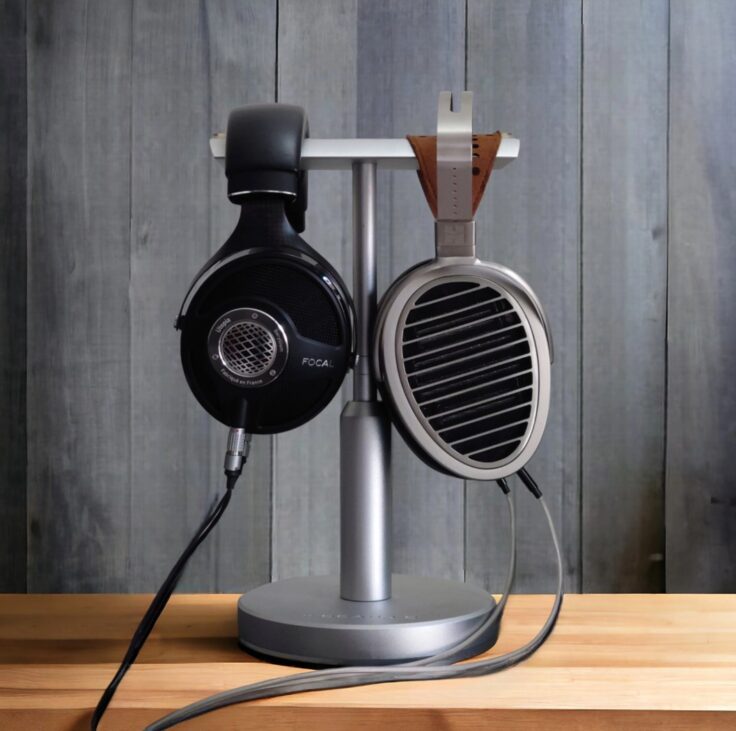… AND A TOUCH OF VELOUR
Since it was introduced in 2018 the Hifiman Sundara has become not only popular but a reference in its class. And that is with good reason, because here you get a lot of what expensive planar magnetic headphones have to offer at a relatively low cost. Further, it is light and compact for a planar magnetic headphone and has comfortable pads and headband.
WHAT WE LIKE
- Class-leading sound quality. The Sundara is fast and snappy. Especially impressive if you give it enough power. With a powerful amplifier, the bass performance is superb, with great extension, punch and texture, the sound is quick and immersive, clear and bright bright but never edgy.
- Sounds good from modest sources and scales well with better and portable powerful amplification
- Good build quality with mostly metal
- Comfortable pads and headband, not too strong clamping force
- Circular cups, classic Hifiman style
- Compatible with many different pads
WHAT WE DON’T LIKE
- Little swivel action.
- The cable is too short. It should come with an additional longer, preferably balanced, cable.
KEY SPECIFICATIONS
- Drivers: Planar Magnetic, single sided magnets
- Impedance: 37 Ω
- Sensitivity: 94 dB/mW
- Frequency range: 6 Hz – 75 kHz
- Weight: 372 grams / 9.4 oz.
- Cable length: 1.5 meters, amplifier connection 3.5mm with 6.35mm adapter
- Detachable cables with 3.5mm connectors on headphones
This page is supported by users when they donate or use affiliate links to shop for anything on Amazon via our link here .
Check out the current price on Amazon: Sundara
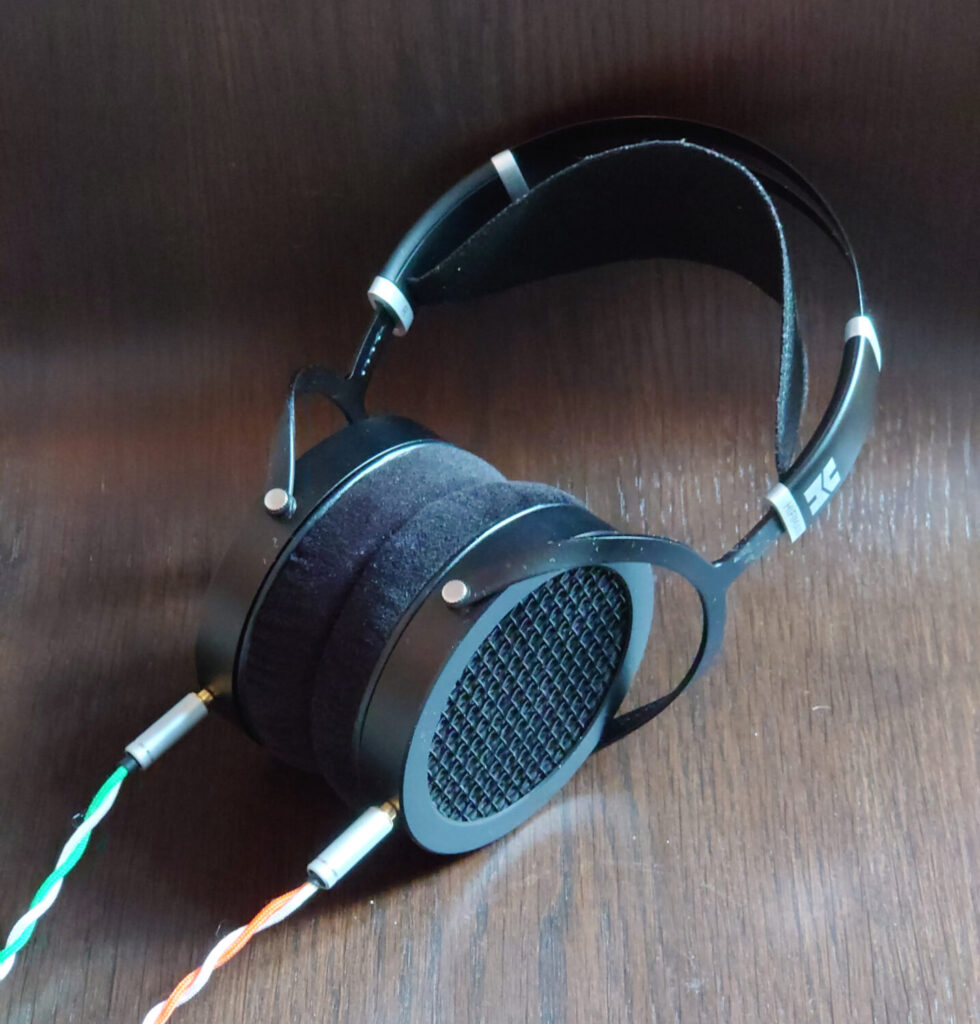
When I first got the Sundara and plugged it into my NAD C338 integrated (which has a impressive headphone output), I thought… wow… This is one snappy little headphone. In its stock form, it is extremely fast and tight sounding, even from moderately powerful amplifiers. The headphone is very quick on its feet and well articulated in a non-intrusive way. The detail level is very high for its price.
In planar magnetic terms, it’s a light headphone. I really like the design of these. Both in terms of looks and functionality. I prefer the circular ear cups to the newer Hifiman large “ear-” or “egg” shapes, although I am a big fan of the HE1000v2, they are too large for many people. I prefer the HE6, HE500, HE500, HE560 etc-style. I also like the suspension headband a lot more than some of the newer thickly padded headband versions from Hifiman.
THERE ARE NOT TWO VERSIONS OF THE SUNDARA
There are rumours, or rather something of an established “fact”, on the web that there are two versions of the Sundara. Usually, these are referred to as the 2018 and 2020 versions
When I reached out to Hifiman’s customer support about the different versions, however, this is what they had to say as of April 20th 2023:
“We have noticed online that there is chatter of a so-called “Stealth Revision” of the Sundara but I can assure you that it doesn’t exist. No headband changes, no driver changes, no cup changes, nothing. The only change, which we felt so tiny we didn’t mention publicly, was that we changed the glue used on the PaliPads (which are what Sundara uses.) That’s it, the glue on the pads. We did this to enhance the durability of them as we found in warm conditions, they would over time slowly come apart and this new glue is better suited for such environments.”
So, the only difference is the improved glue on the pads. That’s good because my 2019 Sundara pads fell apart quite fast. The outer fabric is glued to the attachment ring, which is a sub-optimal way of doing a pad. I was not in the mood for buying any more original pads of the same type (PaliPad) for my Hifiman Sundara. One could hope that the new pads are of better quality, but searching the web I found that it still seems to be a problem for some, albeit by all regards fewer, users. Anyway, there is a myriad of pad choices for this headphone in all price classes, so it should not be a big concern.
MORE ABOUT PADS
I realized when using the original pads, that the Sundara wasn’t very dependent on proper pad seal for their bass response. So what I did instead of buying the original PaliPads was to buy some of Hifiman’s Velour pads. They aren’t glued to the ring but have a plastic fabric that holds it in place as proper pads should. Many of Hifiman’s other circular pads are made like this, and it is the dominant industry standard (think Beyerdynamic, Shure, ATH50x etc. etc. ) This review from here on is based on the impression using those Velour pads.
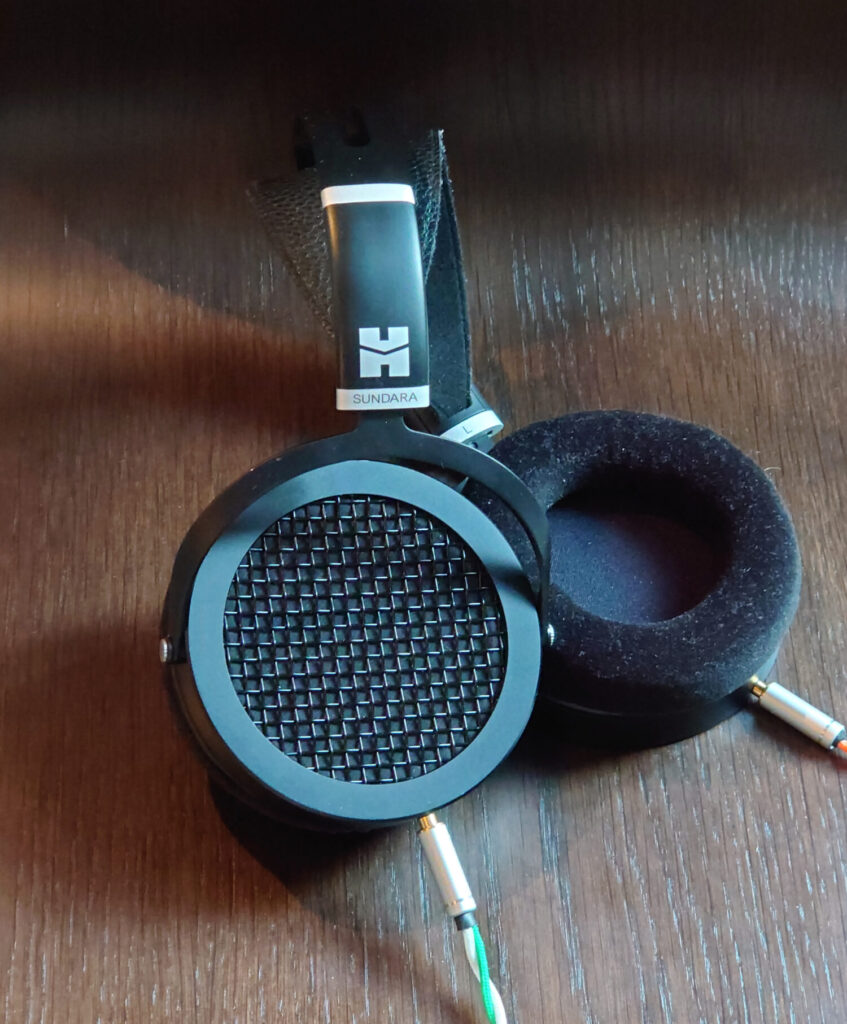
ANOTHER SUNDARA REVIEW
There are tons of reviews of Hifiman Sundara out there and so why bother to write another one? Well first of all because I finally have found a way to make the Sundara sound even better. In its standard form, it’s not perfect (as no headphones are). It is a very good headphone, especially considering the price, don’t get me wrong, but there are some things you can do to really make it shine.
Most importantly, in many setups it lacks a bit in the low-bass. Second, the treble can be a little bit energetic for some ears sometimes. Everything else is pretty much a lot more than you can expect at the price point. It is super quick, very focused and has a nice tonality.
I must admit I have had somewhat of a hate-and-love relationship with the Sundara. Not by any means the fault of the Sundara: The “hate” comes from the fact that I traded my HE-500 for it, which I ended up regretting. The love comes from the fact that it is a very good headphone for the price and it’s very comfortable. However, now that I finally figured out how to make it the headphone I think it should be and a headphone I have trouble taking off my head, I don’t regret the trading I did so much. So what did I do?
FIRST: VELOUR AND A LITTLE EQ
The first modification I gave the Sundara was a longer cable with a 6.35 TRS plug. I then added 3-6 decibel bass with my RME ADI 2 and I replaced the pads with the Hifiman Velour pads, costing around 20 USD. Together that made the already great Sundara a lot more to my taste. The pads took the bite off the treble and along with the extra bass, gave it a fuller and wider sound. It handles the extra 3-5 db boost well and that is not necessarily so with every headphone. The only downside is that the sound stage changed a bit and got more open but also more diffuse; there’s always a trade-off.
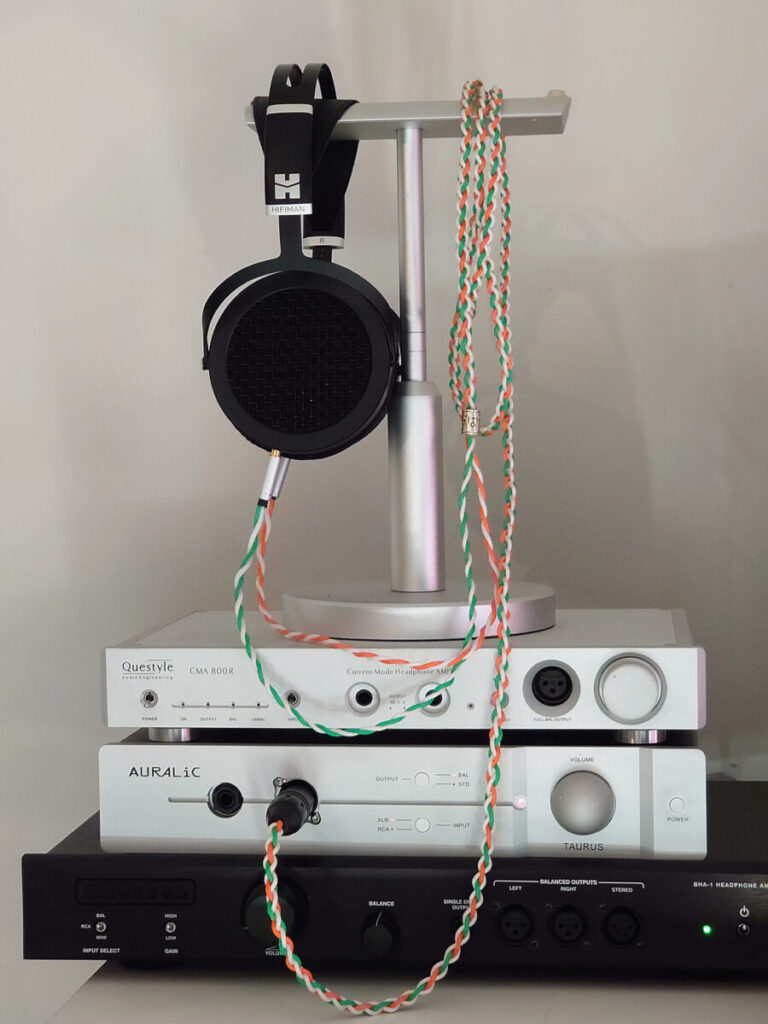
SECOND: POWER!
So, first let me just say that the Sundara does sound decent on full volume from my LG V40 phone, which has a quite powerful headphone amplifier (for a phone).
That being said, it needs a dedicated amplifier. For a long time i didn’t have a balanced cable for it and thought it would not matter, using amplifiers in unbalanced mode. However, when I gave the Sundara a balanced cable and hooked it up to a powerful balanced amplifier, I made a discovery… you don’t need to EQ the bass if you just give the Sundara enough power! With Auralic Taurus in balanced operation, things changed a lot in the bass.
A great thing about the now sadly discontinued Auralic Taurus is that you can switch between balanced and unbalanced operation with the switch to a button without changing the plug so you can listen to unbalanced via 4-pin XLR. Listening to bass-heavy tracks there is no doubt whatsoever that when I switch to balanced mode the bass is more extended and more powerful, after I have corrected for volume differences of course. I listened to some of those bass frequency test tracks and it is clear that it does not roll off as it did from a less powerful source. I feel Sundara performs well down to 30 hertz. It is quite some difference between my phone and the Taurus when it comes to the loudness at 30-40 hertz.
Further, running the Sundara off the speaker taps of my Cary SLI-80 amplifier, the Sundara was taken even a step towards head-fi heaven. No lacking bass whatsoever. The mid-range was brought forward in an utterly delicate way. No more traces of slight edginess in the treble, just effortless-sounding detail. Both with the Taurus or Bryston balanced and the SLI-80 it’s getting quite close to my memory of the HE-500, and guess what? I have a HE-500 coming in… Stay tuned.
WAIT, THERE IS MORE…
In Grado World, the electrical tape mod is well known. In all simplicity, it’s just wrapping electrical tape around the outer part of your headphone pad and the effect is to keep the sound and especially bass from escaping. So I did this on the Sundara and did it have any effect? It did… but not really in the way I thought. I expected the bass to boost but what happened was that it cleaned up the slightly diffuse sound stage and made things sound more precisely placed, more like I remember the soundstage with the original pads. I did however end up taking it off. I enjoy the sonic performance of the clean velour pads just as much as with the tape mod.
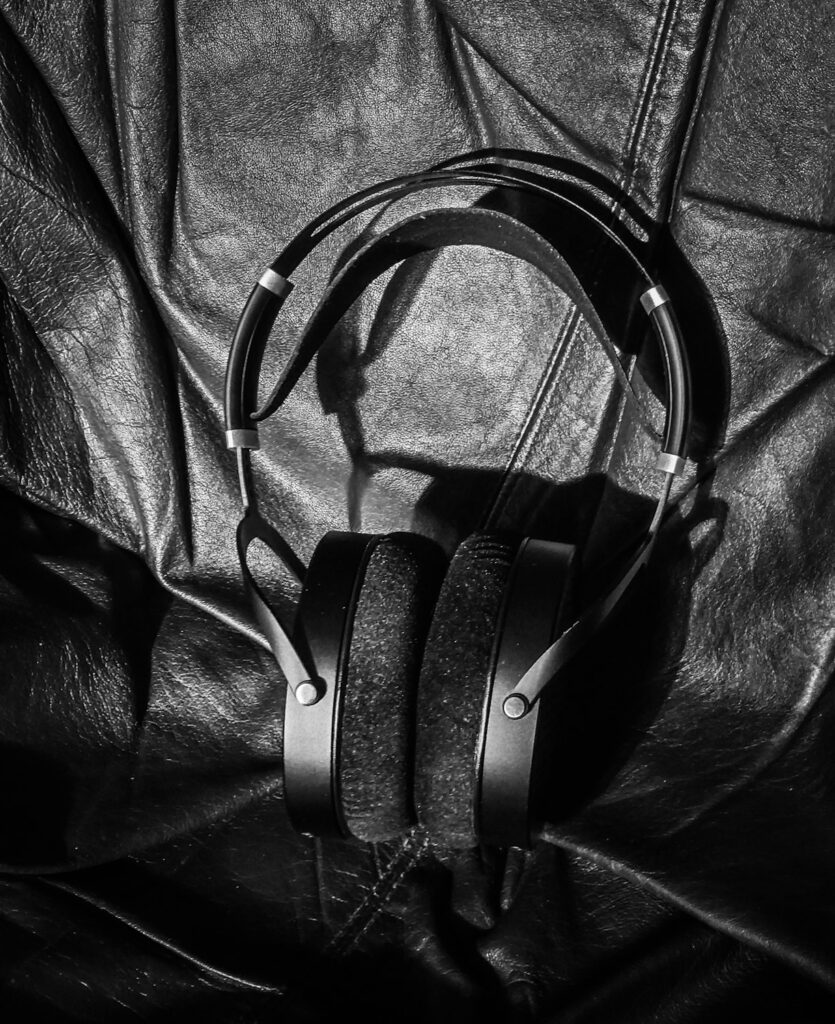
COMPARISONS
Most comparisons were done on the fabulous Bryston BHA-1 amplifier; Sundara from the balanced and significantly more powerful outputs whilst the competition was driven by the unbalanced, lower power output. The source was an RME ADI-2 FS DAC.
SENNHEISER HD660S VS HIFIMAN SUNDARA VELOUR
When running both unbalanced, the HD660S already has less deep bass than the Sundara. When running the Sundara from the balanced out of the Taurus the difference in the bass is huge. Further, the Sundara renders instruments like trumpets, violins etc nicely, vocals are delicious and the soundstage is open.
The HD660S offers a bit more explicit texture with vocals and mid-range focused instruments. It feels a bit brighter than my Velour Sundara.
Moving over to the Bryston BHA-1, the Sundara balanced and the HD660S unbalanced, I continue listening and the impression seems the same. In the bass region, the Sundara is superior when having enough power. In the mid-range high frequencies, they are not too far apart, the mid-range of the Sennheiser is a bit more forward and upfront and it feels generally a little brighter. The sound-stage is quite similar, maybe the Sundara feels a bit more open.
In conclusion, I find that the well-amped Sundara Velour edition has superior bass performance and a more effortless and balanced sound overall.
SHURE SRH1840 VS HIFIMAN SUNDARA VELOUR
It happens to be so that my 1840 has hardwired balanced headphones cables but for these tests, I run it unbalanced with an adapter.
Basically, the bass performance is superior with a balanced Sundara. Otherwise, they are in the same ball park when it comes to reproducing mid-range and treble but again I feel that the balanced Sundara is more effortless and well-rounded in its presentation. It must be said here that 1840 also excels when in balanced mode from a powerful amplifier so this comparison is not quite fair, however, one should take into account that 1840 is a lot more expensive so maybe this is a fair comparison after all. And I do prefer a well-powered balanced driven Sundara over a valves 1840 in the bass region anyway.
They are quite close when it comes to mids and treble presentation, detail and separation, the sound-stage is quite similar too. The balanced Sundara is however on another level when it’s called for bass performance and general “snappiness”.
FOCAL ELEAR (ELEX) VS HIFIMAN SUNDARA VELOUR
Again, as with the SRH1840, the Focal Elear also excels with power even though it is quite sensitive. It does sound so much better balanced from the BHA-1 that I feel that it totally transforms. The bass tightens up and it cleans up the treble, making the midrange come more forward.
However, since it also is a lot more expensive I will compare it unbalanced in this test with good conscience.
Focal Elex is from what I have read just an Elear with different pads, so even though I don’t have the Elex here this might feel relevant for Elex owners. even though of course this review is partly about pad effects on the performance of a headphone.
This comparison was a bit harder than the ones before. The most immediate difference is that Elear has more bass quantity. It also feels like it has more fine detail, even though the Sundara is not a slouch in any compartment. Comparing these two feels so weird when I know how much better the Focal gets when amplified properly in balanced mode.. but again it is a lot more expensive so it would be unfair to compare them with the same amplifier output. Basically, I feel that the Sundara has a more well-rounded and even sound, it is tight and detailed and then its range is more present. The big drawback of an Elear not properly amped is that it is too sloppy in the bass and the highs and even in the upper frequencies which makes it hard to prefer over the more balanced sounding Sundara.
BEYERDYNAMIC DT1770PRO VS HIFIMAN SUNDARA VELOUR
The Beyerdynamic is, of course, a closed headphone but when you have the velour pads on as I do, they are to be regarded as semi-open.
The Beyerdynamic has great clarity and good bass and can deliver some real low end thump. However, I do not find that Sundara stands back in any regard in the bass region, rather the opposite. I find it delivers more texture and it reaches lower. In overall tonality, the Beyerdynamic is brighter and sharper, and the Sundara is more easygoing and effortless sounding. I like DT1770PRO but prefer the Sundara.
QUAD ERA-1 VS HIFIMAN SUNDARA VELOUR
Now, this is an interesting comparison. The Quad is of the very few high-end headphones that sound great from my phone (LG V40). So unlike the Sundara, it doesn’t need all that power, but it still scales with good gear.
It is also more than twice as expensive as the Sundara in many countries. Competing with a well-amplified Sundara it is not necessarily twice as good, but it is better in many ways. The background is blacker and the separation is better. It has great bass performance, but not necessarily better than the Sundara. The two headphones are however quite different in their sound style and it takes some time to adjust when going from one to the other. In direct comparison, the Quad has more precise and pinpointed imaging but also feels more closed and narrow in its stage. The Sundara feels more open and relaxed in its presentation.
I like them both very much and Quad ERA-1 definitely hasn’t got the attention it deserves. Stay tuned for a separate review.
AKG K701/K702 VS HIFIMAN SUNDARA VELOUR
The K701/K702 are great inexpensive entry-level high-fidelity headphones, which are the same headphone except for the colour and cable. The Q701 is also almost identical. They do however need power to shine, but unfortunately, it’s not possible to run them in balanced mode unless you open it up and re-cable it, which is quite popular to do for handy headfiers. I have a balanced k702 coming in, so stay tuned…
Anyway, the most immediate difference between the K701 and the Sundara is that the AKG K701 has a more forward-sounding midrange, the Sundara has a much stronger and deeper bass performance.
I like the midrange of both but for different reasons. The Sundara is sweet and luscious, the AKG is a little more energetic sounding. Treble and soundstage are similar. But again, the Sundara does a knock out in the deep bass region.
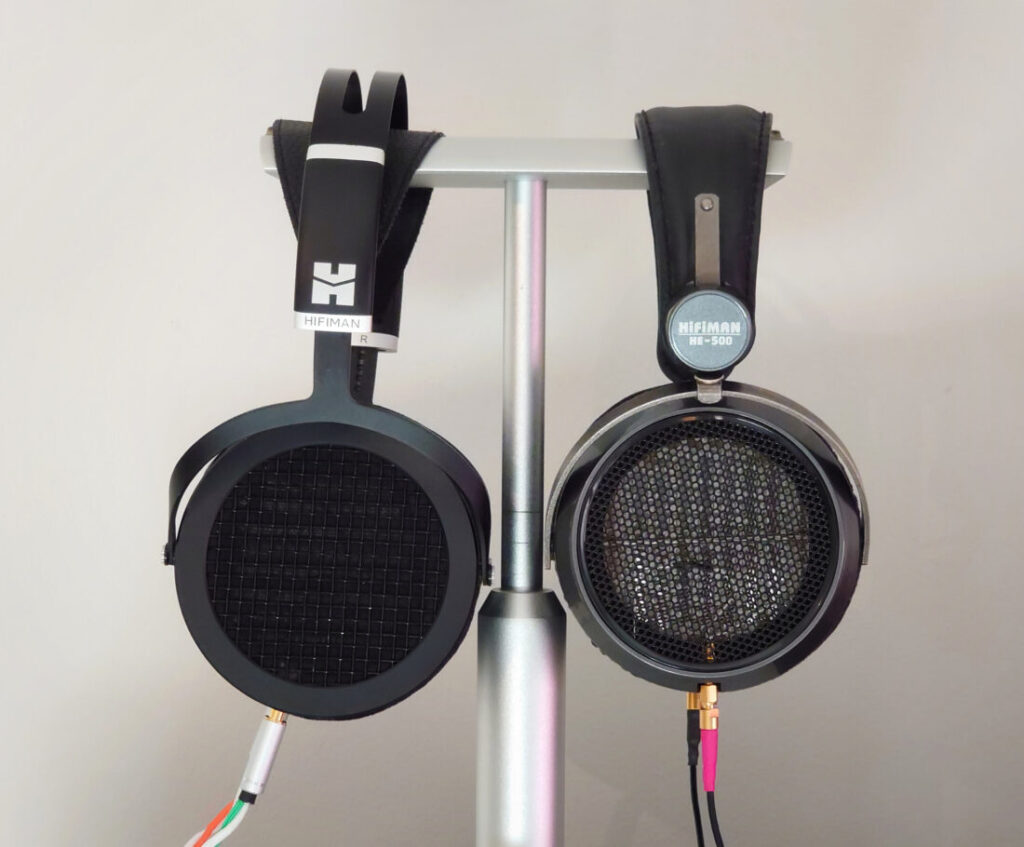
HIFIMAN HE-500 VS HIFIMAN SUNDARA VELOUR
So at the end of the review I actually got the HE500 (with Velour pads) in my hands and was of course totally eager to compare them. The HE500 is just such a deliciously delicious headphone. Even more so than I remember from my previous set. With the velour pads on the well amplified Sundara is not too far away. They are clearly siblings, but the HE500 has a stronger and more present bass and generally a warmer signature. The mid-range is more silky, without losing detail. I definitely prefer the HE500 but am pleased to say that the Velour Sundara is actually not too far away in sound signature and sound quality. So if you want a taste of the legendary HE500, Sundara with a powerful and warmish sounding amplifier and velour pads will take you a long way.
AMPLIFICATION
First of all, I hope to have made it clear that the Sundara is a great headphone, as you probably have read many places before. However, it is with a powerful amplifier that it really punches above its weight, and does so big time.
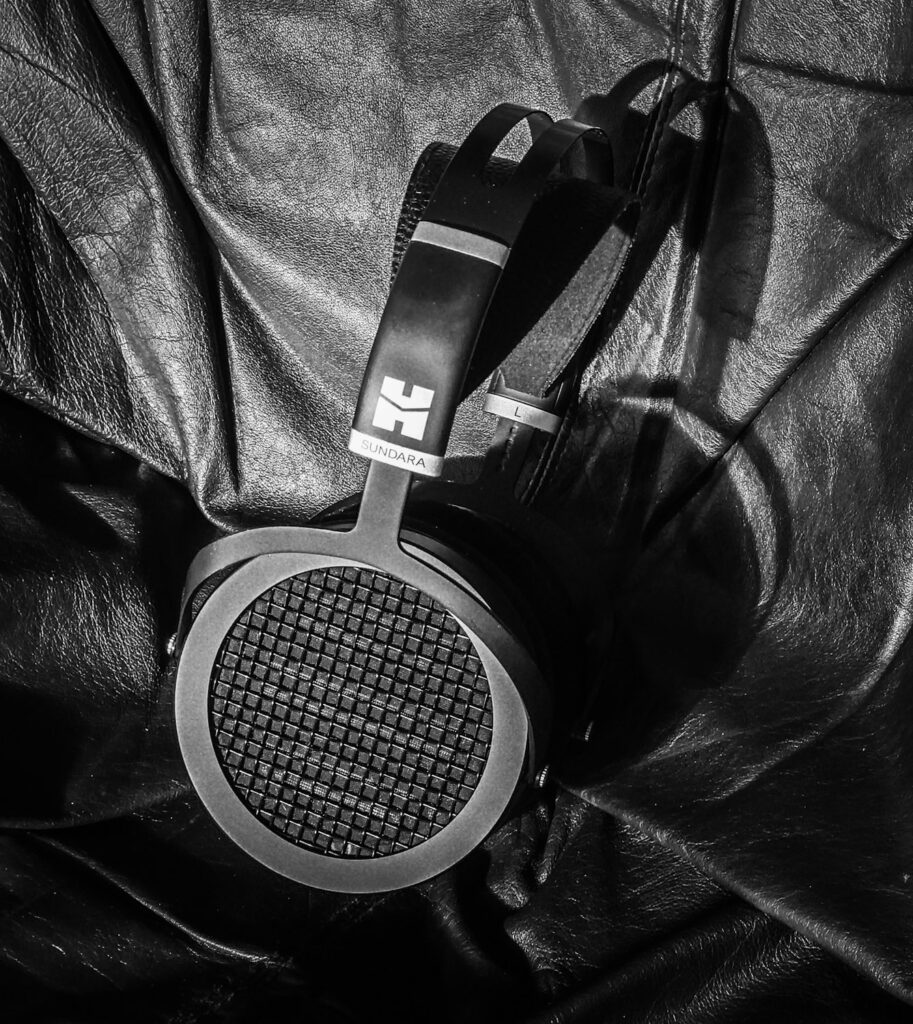
You don’t need an expensive amp like the Bryston BHA-1 or the Auralic Taurus to get great sound from the Sundara, but you should really look at good powerful (mostly that implies balanced) amplifier options. I don’t have any measurement equipment but I am sure that it measures better in the lower bass with a proper amp than without.
My favourite amp is the Cary SLI-80, powering the headphones from the speaker taps. The bass gets deeper, punchier, the sound all through the spectrum is more effortless. Similar results are achieved with the Taurus and BHA-1. But again, even though it sounds better, you don’t need an expensive tube amp or high end balanced amp to make the Sundara sound good.
The Hifiman Sundara sounds good from moderate headphone amplifiers too: It sounds quite decent directly from my LG V40 phone, better from the Audio Quest Dragonfly Black and the Schiit Fulla powered by my phone. It sounds even better from my NAD C338 integrated and the Lake People G103, even better still from the RME ADI-2 DAC FS and the legendary Violectric V200.
The takeaway from my journey with the Sundara is this: The more power you feed the Sundara, the better it gets, especially in the bass. I guess any powerful balanced (or very powerful single ended) headphone amplifier more or less will do the trick. Consider using the Sundara from the speaker taps of a decent speaker amp. As many Hifiman headphones, the Sundara scales remarkably well.
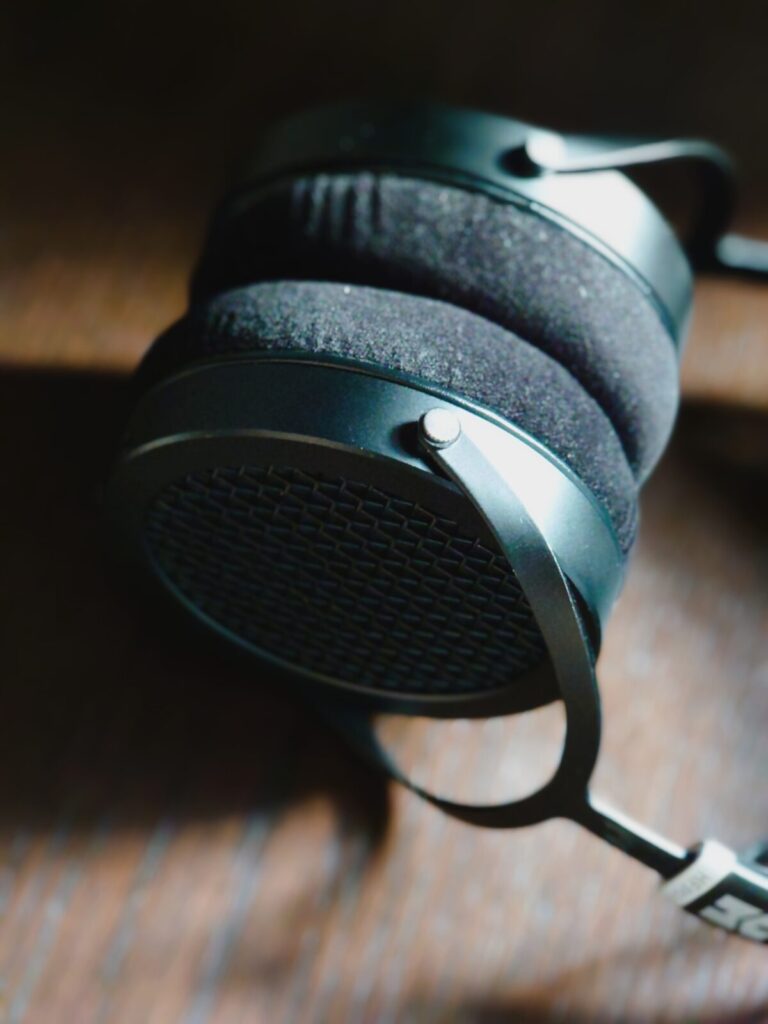
CONCLUSION
The Sundara is a fabulous-sounding headphone for the money. If you give it a very powerful amplifier it’s only real disadvantage, the lack of deep bass goes away. When you give it lots of power it will go from being a bit bass-shy can to becoming a bass lover’s dream. It gets a truly extended, well textured and present bass, however never overpowering. Also, a powerful amplifier will make it sound more effortless, open, fluid and nuanced across the board.
With the velour pads on, the Sundara will have the sometimes slightly overly energetic treble tamed and get a nice and more even sound signature.
This review is about how good the Sundara is and how good it can become. Give the Sundara lots of power and it will reward you in spades. Don’t be afraid to do some pad swapping.
I have a rather large headphone collection by now, ranging from AKG K701 and Sennheiser HD650 to Focal Utopia and STAX SR009. The Hifiman Sundara still gets time on my head, but only with a powerful amplifier. Powered by the speaker taps of my Cary SLI-80 tube speaker amp, it’s superb. The tonality, punch, clarity and wide-open soundstage is a delight. The same goes for my powerful headphone amplifiers, the Taurus and the Bryston BHA-1. The bass goes deep with lots of texture and a well-tempered presence. The mid-range is delicious and balanced, the treble is clean and fast. Also, it is a very unfatiguing listening experience, allowing for cranking up the volume.
In conclusion, the Hifiman Sundara comes highly recommended. It sounds quite good from moderate sources but when powered by a powerful amplifier it offers stunning performance. If you are not quite satisfied with it out of the box, give other pads a try and tune it to your liking. You will not regret it. The Sundara is a stayer.
Buy on Linsoul: Hifiman Sundara
Buy on Amazo: Hifiman Sundara
Any purchase you make on Amazon or Linsoul with any of our affiliate links will give us a small provision at no cost to you.
We only get a provision for items that are not returned, so there’s no incentive for us to recommend something that’s not good.
Linsoul : Headphones, Earbuds, Wireless Earbuds, Desktop DAC/AMP, Portable DAC/AMP, Digital Audio Players,
Amazon: Headphones, IEMs, Headphone Amplifiers, Home Audio or Anything else.
.
As an Amazon Associate we might earn a provision from qualifying purchases.
If you enjoyed this article or other content at The Headphoneer, please consider leaving a small donation to keep this website up and running. Thanks!
If you like our work please follow us on Instagram, Facebook and Twitter , it will help us grow. Sharing is caring 🙂
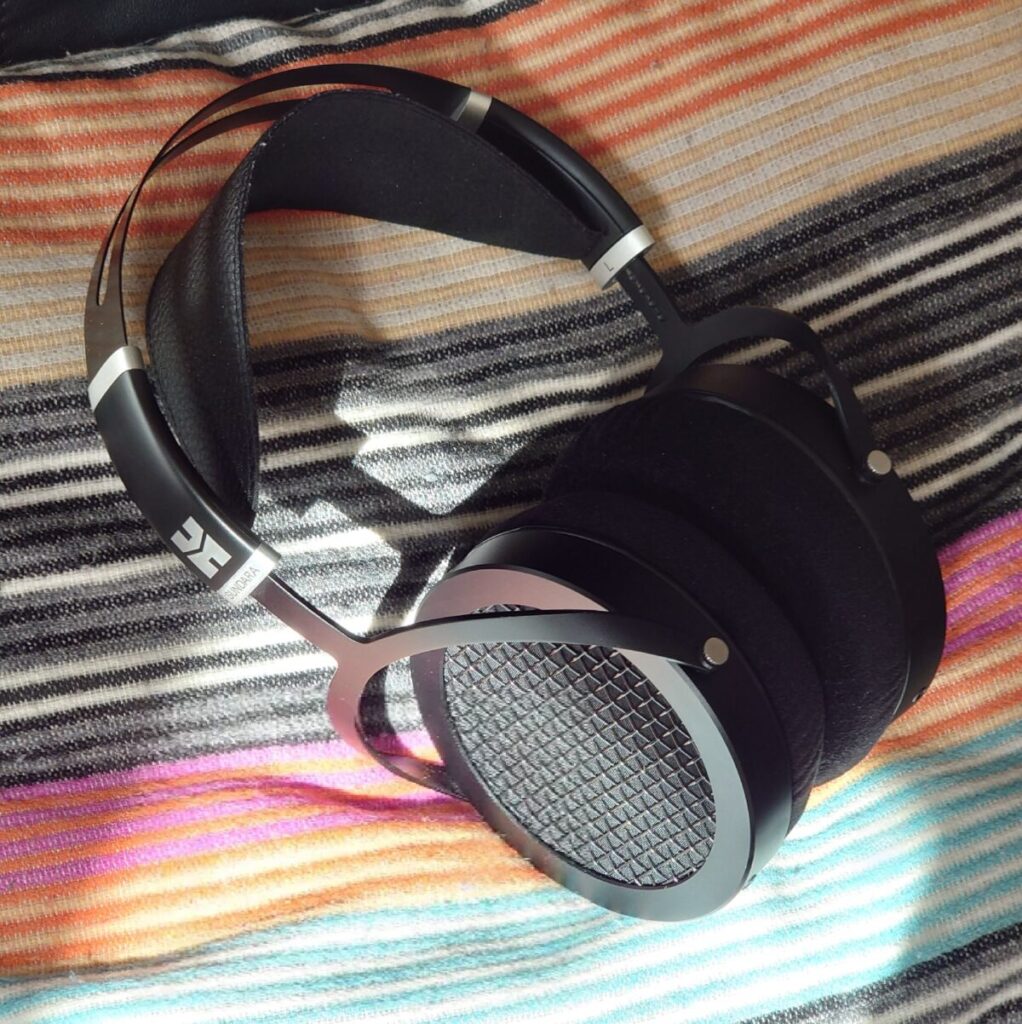
Disclaimer: All gear used in this review was owned by the reviewer.
Pictures of the Velour pads, PaliPad and the tape mod:
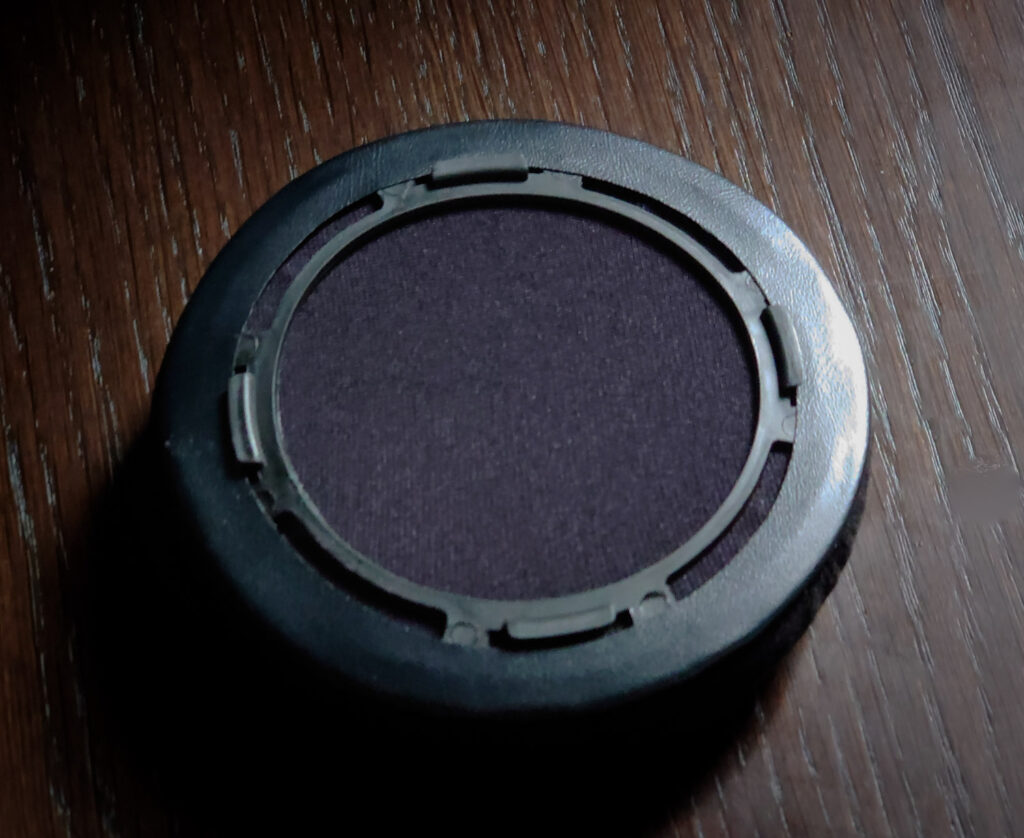
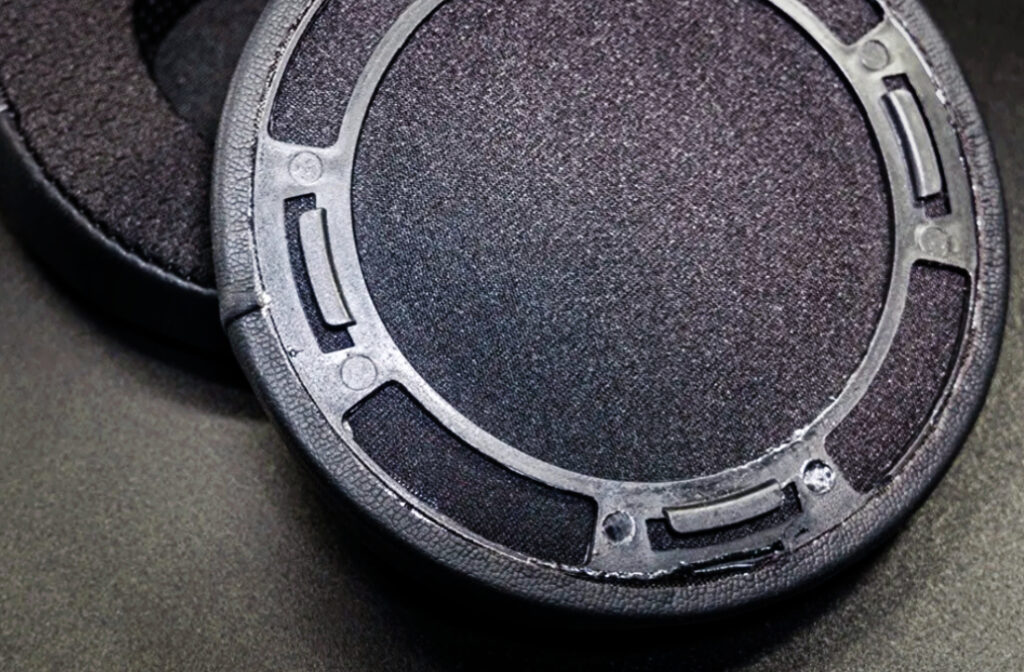
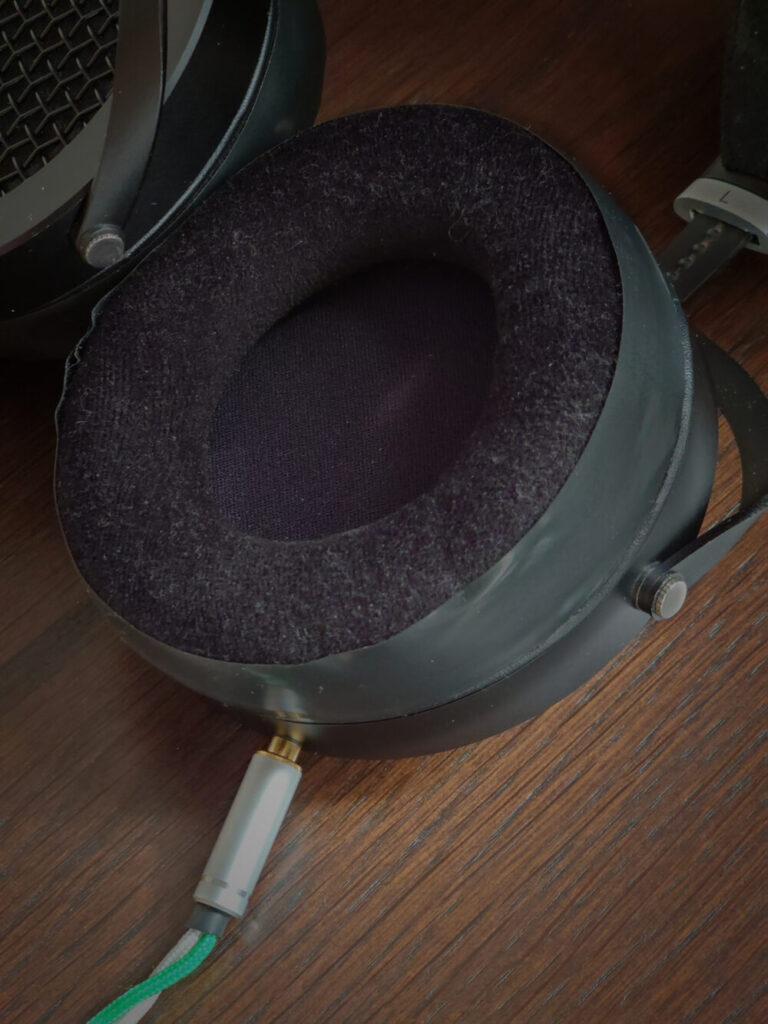
Manufacturer: https://m.hifiman.com/products/detail/286
Some of the music used during this review:
(Track – album – artist)
All For Us – All For Us (from the HBO Original Series Euphoria) by Labrinth
Almost Like the Blues – Popular Problems – Leonard Cohen
As Before – My Voice – Olga Konkova
Can’t You See (I’m Falling In Love) – Woman In Love – Susan Wong
Compare Manuel (Dedicado a Queco) (Tangos) – Ciudad De Las Ideas – Vicente Amigo
Down – No. 4 – Stone Temple Pilots
Floratone – Floratone- Floratone
Gilimanuk – Buoyancy – Nils Petter Molvær
Janáček: String Quartet No. 1 – 2. Con moto
“Intimate Letters” – Janacek/Martinu: String Quartets – Emerson String Quartet
Limit To Your Love – James Blake – James Blake
Muggen fallskjerm – jøkleba! / nu jøk? – Jøkleba
No One Knows – Songs For The Deaf – Queens Of The Stone Age
Richter: Spring 1 – Recomposed By Max Richter: Vivaldi, The Four Seasons – Max Richter


